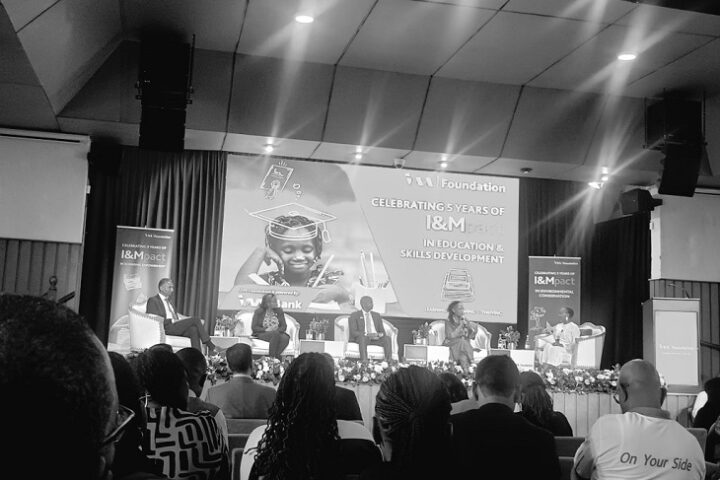“Does sex sell?” That was the question explored on Friday during the Marketing and Its Relationship with Sex panel, organized by the Digital Media Awards.
Among the speakers were 3Verse Kenya Lead Strategist Wambui Mwangi, alongside Brian Njagi, Creative Director at The Bar Africa; Jeff Wamwaki, Program Manager at MTV Staying Alive Foundation; and Emuron Alemu, Chief Creative Officer at Quollective.
Sex in advertising is as old as the industry itself. There’s no denying that sex attracts attention and can lead to memorable, high-impact campaigns. However, as the panelists emphasized, while sexual appeal might get a brand noticed and talked about for days, even weeks, it doesn’t always translate to sales, especially when the execution is not thought through.
“Sexual appeal can create awareness, but not necessarily conversion,” said Wambui. “It’s important to have insights, but those insights are only valuable if you’re willing to educate your client on the risks involved.”
Several examples were discussed, ranging from the controversial Fresh Fry campaign to GA’s “Sh*t Happens” ad and the recent Furniture Palace billboard activation that has got everyone sharing their opinion. The consensus was clear: sexual imagery needs to serve a purpose. Its use cannot be gratuitous.
“Sexualising in advertising is risky, it can go very badly or work well, like in the case of Calvin Klein or Axe, which has used it effectively for years,” said Alemu. “Old Spice is another example, a dead brand that was revived through bold campaigns leaning on sex and seduction.”
But while global brands thrive by exploring sex in advertising, African markets like Kenya have continued to approach it with caution, sometimes a little too much, to the extent of billboards being pulled down, especially those with female models.
Njagi attributes this to societal expectations of women and their gendered roles. “In Kenya, and East Africa for instance, women tend to be restricted in their sexual expressions, while men expressing their desires is almost expected. Advertising has the power to change these traditional societal views.”
Wambui added that advertising in markets like Kenya still tends to fetishize the female form. “We are still stuck on the female form as opposed to other societies like the West that have moved on to the male body, like in the case of major brands such as Calvin Klein and Hugo Boss,” said Wambui. “We need to move from fetishizing women’s bodies to appreciating both the male and female form as art.”
Wambui also highlighted the importance of channels in advertising and how platforms like TikTok have given brands more creative freedom, often pushing boundaries further than traditional media allows.
“A lot of content served on TikTok across all industries is highly sexualized. This is where brands tend to lean on influencers, who then sexualize the brand, allowing them to step away from liability in case it backfires,” Wambui said.
Alemu concluded by asserting that advertising and sex cannot be separated; they co-exist. “What is key for all advertisers is understanding that this relationship cannot be forced. We must only use sex in advertising when it makes sense for the brand and for the message you’re trying to communicate. So really, this relationship is up to us as an industry,” Alemu said.
Related Content: Dear Women, For Men, Marriage Is Not About Sex










